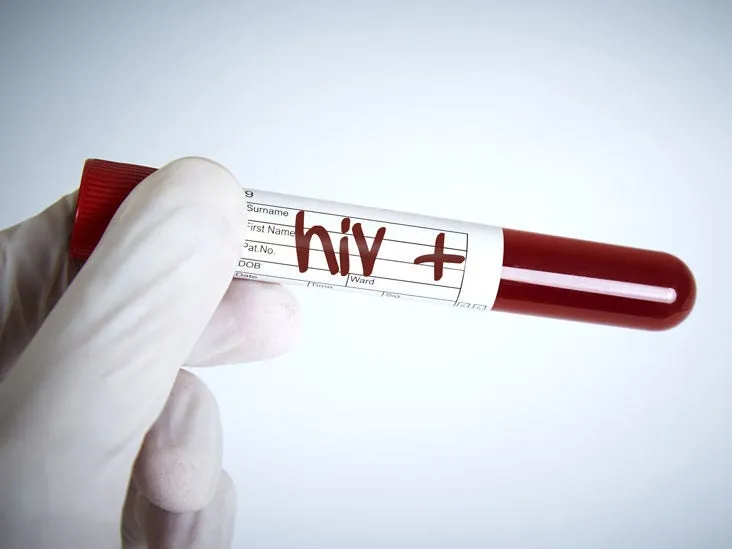The global obesity epidemic has become one of the most pressing health challenges of the 21st century. With millions of adults and children affected across the globe, the issue transcends borders, cultures, and economic backgrounds. At Local MD, we recognize the critical role that public health programs play in combating this growing concern through education, prevention, and policy-driven interventions.
Understanding the Scale of the Global Obesity Epidemic
According to the World Health Organization (WHO), obesity rates have tripled since 1975. Today, more than 1 billion people—including over 650 million adults, 340 million adolescents, and 39 million children—are classified as obese. This surge is largely fueled by sedentary lifestyles, poor dietary habits, and increased access to ultra-processed foods.
The epidemic is not confined to high-income nations. Developing countries are experiencing similar surges due to urbanization, lifestyle shifts, and the influence of Westernized diets. The economic consequences are staggering, with global obesity-related healthcare costs estimated at over $2 trillion annually.
The Role of Public Health Programs in Tackling Obesity
Public health initiatives are pivotal in shaping healthier societies and reversing obesity trends. These programs aim to educate communities, promote active living, implement food regulations, and create supportive environments for behavioral change.
Below are key strategies that public health programs around the world are adopting to confront the obesity crisis.
Promoting Nutritional Education and Awareness
Public health agencies focus on nutritional literacy as a foundation for lasting change. Programs such as “5 A Day” in the United States and Change4Life in the United Kingdom emphasize the importance of consuming fruits, vegetables, and balanced meals.
These initiatives often leverage social media campaigns, school curriculums, and workplace wellness programs to spread awareness. By educating the public on portion control, food labels, and sugar intake, they help individuals make more informed dietary decisions.
In low-income areas, community workshops and government-backed nutrition subsidies further ensure access to affordable, healthy food options.
Encouraging Physical Activity through Urban Design
Sedentary behavior is a major contributor to obesity. To counter this, public health organizations are partnering with urban planners to create environments that encourage movement.
Cities around the world are:
-
Building bike lanes and pedestrian-friendly pathways
-
Investing in public parks and recreation centers
-
Introducing school-based physical activity programs
-
Offering community fitness initiatives such as walking clubs and outdoor exercise events
For instance, initiatives like “Let’s Move!”, launched in the U.S., have significantly increased physical activity among schoolchildren by integrating fitness into daily routines.
Regulating Food Marketing and Labeling
Governments are increasingly using policy tools to reshape the food environment. Restricting advertisements for high-calorie, low-nutrient foods—particularly those targeting children—is a central component.
Countries such as Chile, the United Kingdom, and Mexico have implemented warning labels and taxes on sugary drinks to discourage overconsumption. These interventions have shown measurable success in reducing soda sales and promoting awareness about unhealthy food choices.
By making nutritional information clear, accurate, and accessible, public health programs empower consumers to make healthier choices and hold corporations accountable.
Early Intervention and School-Based Programs
Children are among the most vulnerable groups affected by obesity. Public health strategies therefore prioritize early intervention through school-based nutrition and fitness programs.
Schools now play a proactive role by:
-
Offering nutrient-dense meals
-
Replacing vending machine snacks with healthier alternatives
-
Incorporating daily exercise routines
-
Teaching nutrition education as part of the curriculum
Programs like Healthy Schools Program and National School Lunch Program (NSLP) in the U.S. have shown success in improving dietary behaviors and reducing obesity prevalence among children.
Community-Based Health Campaigns
Community-driven public health campaigns form the backbone of obesity prevention. By addressing local cultural and socioeconomic factors, these initiatives offer tailored interventions that resonate with specific populations.
Examples include:
-
Community gardens promoting local produce and food security
-
Cooking classes that teach affordable, healthy meal preparation
-
Peer-led support groups encouraging lifestyle change
-
Health screenings for early detection of obesity-related conditions
These programs often partner with local healthcare providers, NGOs, and fitness organizations, ensuring that interventions reach people at the grassroots level.
Leveraging Technology for Obesity Prevention
Digital transformation is revolutionizing how public health addresses obesity. With the widespread use of smartphones and wearables, technology-based solutions are becoming an integral part of modern health strategies.
Public health programs now use:
-
Mobile apps for meal tracking and calorie management
-
Telehealth platforms for remote nutrition counseling
-
AI-driven analytics to identify at-risk populations
-
Online fitness programs to promote at-home exercise routines
For example, the National Diabetes Prevention Program (NDPP) integrates digital coaching and online tracking tools, helping participants reduce weight and lower chronic disease risk.
Policy and Legislation Supporting Obesity Prevention
Strong governmental policies are essential to sustain large-scale impact. Many nations have enacted taxes on sugary beverages, restrictions on trans fats, and guidelines for portion sizes in restaurants and packaged foods.
Additionally, global collaborations like the WHO Global Action Plan for the Prevention and Control of Noncommunicable Diseases (NCDs) urge countries to adopt evidence-based frameworks for reducing obesity.
Public health programs often work in tandem with ministries of education, agriculture, and transportation to ensure a multi-sectoral approach to health promotion.
Addressing Socioeconomic Inequalities in Health
Obesity disproportionately affects low-income communities, where access to healthy food and safe spaces for exercise is limited. Public health programs acknowledge this disparity and work to bridge the health equity gap.
Efforts include:
-
Food assistance programs for vulnerable populations
-
Affordable housing initiatives with access to green spaces
-
Subsidies for fruits, vegetables, and whole grains
-
Public-private partnerships that promote local health economies
By tackling the root socioeconomic causes, these initiatives aim for long-term, sustainable improvements in population health.
The Role of Healthcare Providers in Public Health Strategies
Primary care physicians, dietitians, and community health workers are vital to the success of obesity prevention. They serve as first-line advocates, offering personalized guidance, monitoring progress, and connecting patients with community resources.
At Local MD, we emphasize comprehensive primary care that includes nutrition counseling, preventive screenings, and lifestyle management. By integrating obesity prevention into routine healthcare, we contribute to a broader cultural shift toward wellness.
Global Collaboration for a Healthier Future
No single nation can overcome the obesity epidemic alone. International cooperation between governments, NGOs, and research institutions is essential. Initiatives such as The Global Obesity Observatory and UNICEF’s Child Nutrition Programs foster global knowledge-sharing and innovation.
By pooling resources and expertise, public health programs can create scalable solutions—empowering communities worldwide to adopt healthier habits and reverse obesity trends for generations to come.
Conclusion: Building a Sustainable Path to Wellness
The global obesity epidemic requires collective action, sustained commitment, and a deep understanding of the social, economic, and behavioral drivers behind it. Through education, policy reform, and community engagement, public health programs are steadily turning the tide.
At Local MD, we believe that health begins with awareness and empowerment. By supporting public health initiatives and promoting healthy living practices, we can pave the way for a healthier, stronger, and more resilient global community.






